In 2001, the Tampa Police Department installed police cameras equipped with facial recognition technology in their Ybor City nightlife district in an attempt to cut down on crime in the area. The system failed to do the job, and it was scrapped in 2003 due to ineffectiveness. People in the area were seen wearing masks and making obscene gestures, prohibiting the cameras from getting a clear enough shot to identify anyone.
Boston's Logan Airport also ran two separate tests of facial recognition systems at its security checkpoints using volunteers. Over a three month period, the results were disappointing. According to the Electronic Privacy Information Center, the system only had a 61.4 percent accuracy rate, leading airport officials to pursue other security options.
Humans have always had the innate ability to recognize and distinguish between faces, yet computers only recently have shown the same ability. In the mid 1960s, scientists began work on using the computer to recognize human faces. Since then, facial recognition software has come a long way.
In this article, we will look at the history of facial recognition systems, the changes that are being made to enhance their capabilities and how governments and private companies use (or plan to use) them.
Facial Recognition Technology
Identix®, a company based in Minnesota, is one of many developers of facial recognition technology. Its software, FaceIt®, can pick someone's face out of a crowd, extract the face from the rest of the scene and compare it to a database of stored images. In order for this software to work, it has to know how to differentiate between a basic face and the rest of the background. Facial recognition software is based on the ability to recognize a face and then measure the various features of the face.
Every face has numerous, distinguishable landmarks, the different peaks and valleys that make up facial features. FaceIt defines these landmarks as nodal points. Each human face has approximately 80 nodal points. Some of these measured by the software are:
- Distance between the eyes
- Width of the nose
- Depth of the eye sockets
- The shape of the cheekbones
- The length of the jaw line
In the past, facial recognition software has relied on a 2D image to compare or identify another 2D image from the database. To be effective and accurate, the image captured needed to be of a face that was looking almost directly at the camera, with little variance of light or facial expression from the image in the database. This created quite a problem.
In most instances the images were not taken in a controlled environment. Even the smallest changes in light or orientation could reduce the effectiveness of the system, so they couldn't be matched to any face in the database, leading to a high rate of failure. In the next section, we will look at ways to correct the problem.
3D Facial Recognition
The Vision 3D + 2D ICAO camera is used to perform enrollment, verification and identification of 3D and 2D face images.
Photo © A4Vision, Inc.
A newly-emerging trend in facial recognition software uses a 3D model, which claims to provide more accuracy. Capturing a real-time 3D image of a person's facial surface, 3D facial recognition uses distinctive features of the face -- where rigid tissue and bone is most apparent, such as the curves of the eye socket, nose and chin -- to identify the subject. These areas are all unique and don't change over time.
Using depth and an axis of measurement that is not affected by lighting, 3D facial recognition can even be used in darkness and has the ability to recognize a subject at different view angles with the potential to recognize up to 90 degrees (a face in profile).
Using the 3D software, the system goes through a series of steps to verify the identity of an individual.
Detection
Acquiring an image can be accomplished by digitally scanning an existing photograph (2D) or by using a video image to acquire a live picture of a subject (3D).
Alignment
Once it detects a face, the system determines the head's position, size and pose. As stated earlier, the subject has the potential to be recognized up to 90 degrees, while with 2D, the head must be turned at least 35 degrees toward the camera.
Measurement
The system then measures the curves of the face on a sub-millimeter (or microwave) scale and creates a template.
Representation
The system translates the template into a unique code. This coding gives each template a set of numbers to represent the features on a subject's face.
Matching
If the image is 3D and the database contains 3D images, then matching will take place without any changes being made to the image. However, there is a challenge currently facing databases that are still in 2D images. 3D provides a live, moving variable subject being compared to a flat, stable image. New technology is addressing this challenge. When a 3D image is taken, different points (usually three) are identified. For example, the outside of the eye, the inside of the eye and the tip of the nose will be pulled out and measured. Once those measurements are in place, an algorithm (a step-by-step procedure) will be applied to the image to convert it to a 2D image. After conversion, the software will then compare the image with the 2D images in the database to find a potential match.
Verification or Identification
In verification, an image is matched to only one image in the database (1:1). For example, an image taken of a subject may be matched to an image in the Department of Motor Vehicles database to verify the subject is who he says he is. If identification is the goal, then the image is compared to all images in the database resulting in a score for each potential match (1:N). In this instance, you may take an image and compare it to a database of mug shots to identify who the subject is.
Next, we'll look at how skin biometrics can help verify matches.
Biometric Facial Recognition
The surface texture analysis (STA) algorithm operates on the top percentage of results as determined by the local feature analysis. STA creates a skinprint and performs either a 1:1 or 1:N match depending on whether you're looking for verification or identification.
The image may not always be verified or identified in facial recognition alone. Identix® has created a new product to help with precision. The development of FaceIt®Argus uses skin biometrics, the uniqueness of skin texture, to yield even more accurate results.
The process, called Surface Texture Analysis, works much the same way facial recognition does. A picture is taken of a patch of skin, called a skinprint. That patch is then broken up into smaller blocks. Using algorithms to turn the patch into a mathematical, measurable space, the system will then distinguish any lines, pores and the actual skin texture. It can identify differences between identical twins, which is not yet possible using facial recognition software alone. According to Identix, by combining facial recognition with surface texture analysis, accurate identification can increase by 20 to 25 percent.
FaceIt currently uses three different templates to confirm or identify the subject: vector, local feature analysis and surface texture analysis.
- The vector template is very small and is used for rapid searching over the entire database primarily for one-to-many searching.
- The local feature analysis (LFA) template performs a secondary search of ordered matches following the vector template.
- The surface texture analysis (STA) is the largest of the three. It performs a final pass after the LFA template search, relying on the skin features in the image, which contains the most detailed information.
Poor lighting can make it more difficult for facial recognition software to verify or identify someone.
Photo © Identix Inc.
However, it is not a perfect system. There are some factors that could get in the way of recognition, including:
- Significant glare on eyeglasses or wearing sunglasses
- Long hair obscuring the central part of the face
- Poor lighting that would cause the face to be over- or under-exposed
- Lack of resolution (image was taken too far away)
Due to these strides in technology, facial and skin recognition systems are more widely used than just a few years ago. In the next section, we'll look at where and how they are being used and what's in store for the future.
Facial Recognition Systems Uses
Jim Williams, head of US-VISIT, former Secretary Tom Ridge and former Commissioner Robert Bonner launch US-VISIT in Atlanta, Georgia.
Photo courtesy U.S. Department of Homeland Security
In the past, the primary users of facial recognition software have been law enforcement agencies, who used the system to capture random faces in crowds. Some government agencies have also been using the systems for security and to eliminate voter fraud. The U.S. government has recently begun a program called US-VISIT (United States Visitor and Immigrant Status Indicator Technology), aimed at foreign travelers gaining entry to the United States. When a foreign traveler receives his visa, he will submit fingerprints and have his photograph taken. The fingerprints and photograph are checked against a database of known criminals and suspected terrorists. When the traveler arrives in the United States at the port of entry, those same fingerprints and photographs will be used to verify that the person who received the visa is the same person attempting to gain entry.
However, there are now many more situations where the software is becoming popular. As the systems become less expensive, making their use more widespread. They are now compatible with cameras and computers that are already in use by banks and airports. The TSA is currently working on and testing out its Registered Traveler program. The program will provide speedy security screening for passengers who volunteer information and complete a security threat assessment. At the airport there will be specific lines for the Registered Traveler to go through that will move more quickly, verifying the traveler by their facial features.
Other potential applications include ATM and check-cashing security. The software is able to quickly verify a customer's face. After a customer consents, the ATM or check-cashing kiosk captures a digital image of him. The FaceIt software then generates a faceprint of the photograph to protect customers against identity theft and fraudulent transactions. By using the facial recognition software, there's no need for a picture ID, bankcard or personal identification number (PIN) to verify a customer's identity. This way businesses can prevent fraud from occurring.
While all the examples above work with the permission of the individual, not all systems are used with your knowledge. In the first section we mentioned that systems were used during the Super Bowl by the Tampa Police, and in Ybor City. These systems were taking pictures of all visitors without their knowledge or their permission. Opponents of the systems note that while they do provide security in some instances, it is not enough to override a sense of liberty and freedom. Many feel that privacy infringement is too great with the use of these systems, but their concerns don't end there. They also point out the risk involved with identity theft. Even facial recognition corporations admit that the more use the technology gets, the higher the likelihood of identity theft or fraud.
As with many developing technologies, the incredible potential of facial recognition comes with some drawbacks, but manufacturers are striving to enhance the usability and accuracy of the systems.
For more information on facial recognition technology and related topics, check out the links on the next page.
http://electronics.howstuffworks.com/gadgets/high-tech-gadgets/facial-recognition.htm


















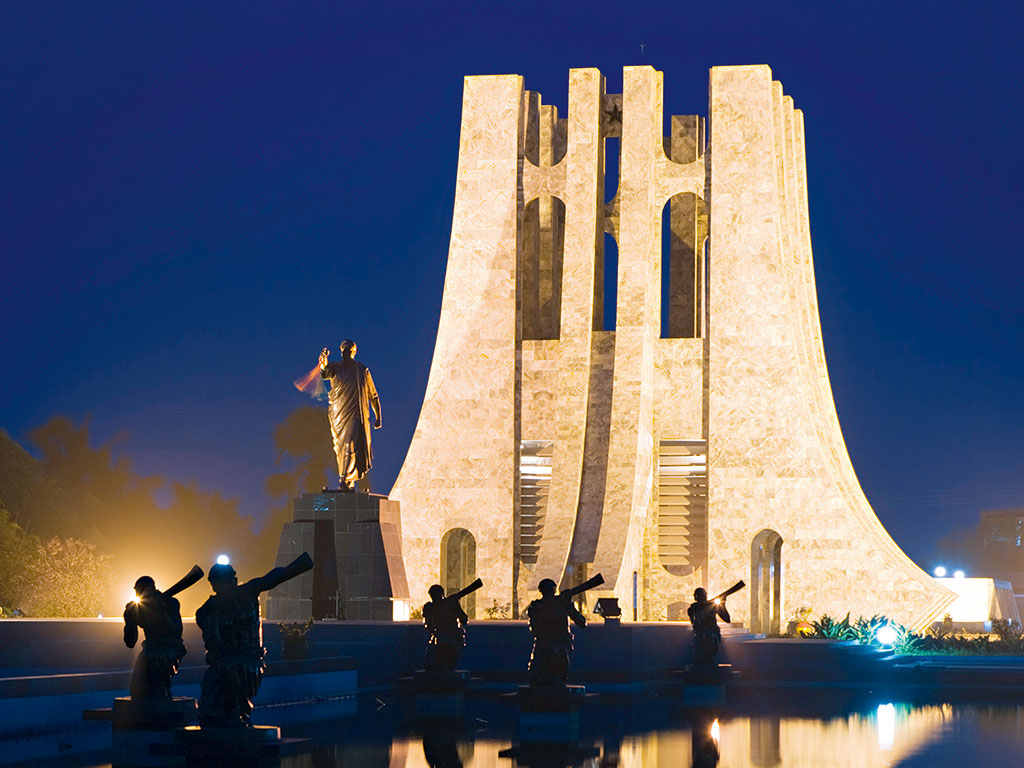 Ghana is among the fastest-growing economies in the world, thanks largely to its burgeoning oil and gas industry. Nowhere can this be better seen than in the country’s capital. The opportunities to be had are plenty, provided the country’s infrastructure can expand to accommodate the city’s rapid development. Expect Accra’s infrastructural capacity to take on a new shape in the coming months and years as the country finds ways to accommodate these unprecedented changes to its economic and social landscapes.
Ghana is among the fastest-growing economies in the world, thanks largely to its burgeoning oil and gas industry. Nowhere can this be better seen than in the country’s capital. The opportunities to be had are plenty, provided the country’s infrastructure can expand to accommodate the city’s rapid development. Expect Accra’s infrastructural capacity to take on a new shape in the coming months and years as the country finds ways to accommodate these unprecedented changes to its economic and social landscapes.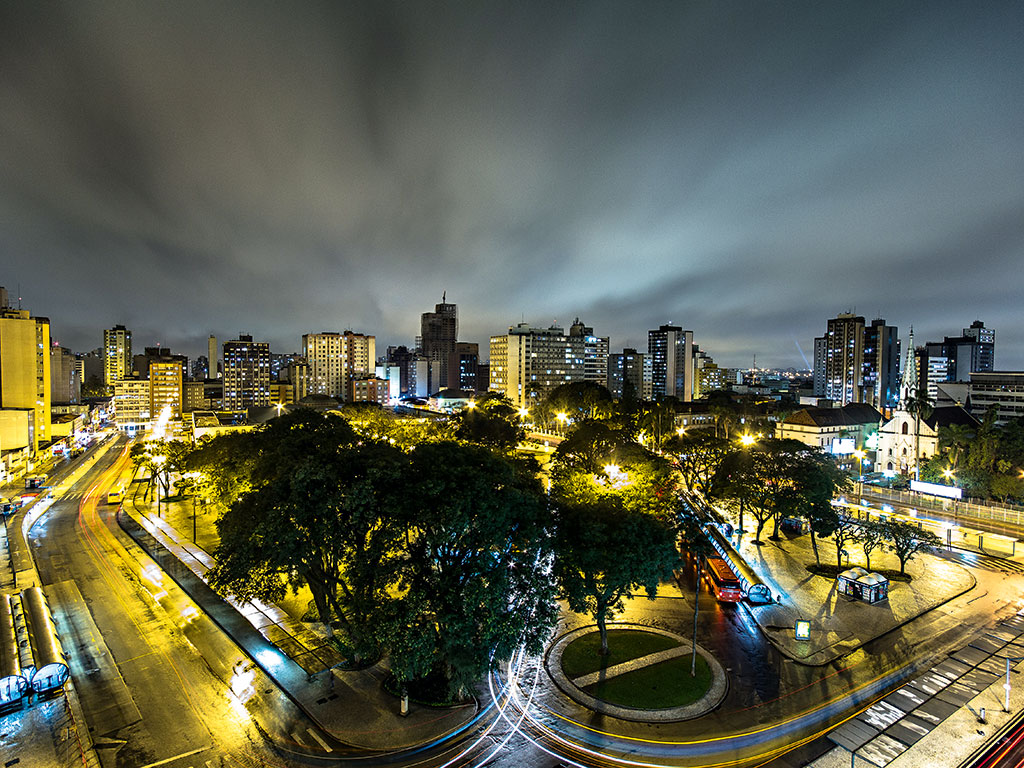 Brazil’s eighth-most populous city has been lauded numerous times in recent years for its capacity to deliver on sustainable urban development schemes. Among its most impressive projects is a rapid transit system that delivers on its promise of environmental sustainability, efficiency and cost-effectiveness. The city’s near flawless transport system and meticulous city planning approach have together helped curtail emissions in the region and make Curitiba an example of how best to layout a sustainable city plan.
Brazil’s eighth-most populous city has been lauded numerous times in recent years for its capacity to deliver on sustainable urban development schemes. Among its most impressive projects is a rapid transit system that delivers on its promise of environmental sustainability, efficiency and cost-effectiveness. The city’s near flawless transport system and meticulous city planning approach have together helped curtail emissions in the region and make Curitiba an example of how best to layout a sustainable city plan.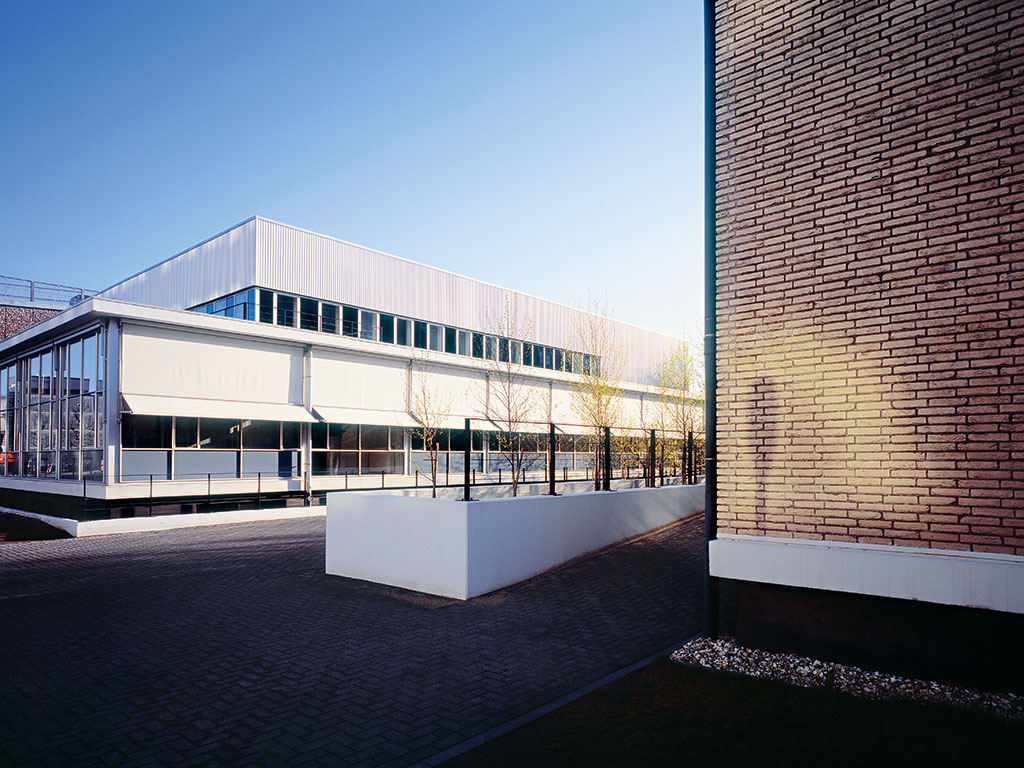 Eindhoven accommodates all manner of international businesses, and is a breeding ground for innovation due to its progressive nature and strong economy. The city ranked third in the FT’s Foreign Direct Investment Index, the highest ever of any Dutch city, due to its shared economic strategy. The city is home to various leading players in the technology and design sectors – most notably Philips, founded there in 1891. Such companies have made Eindhoven a major technology and industrial hub, and created an ecosystem of creativity.
Eindhoven accommodates all manner of international businesses, and is a breeding ground for innovation due to its progressive nature and strong economy. The city ranked third in the FT’s Foreign Direct Investment Index, the highest ever of any Dutch city, due to its shared economic strategy. The city is home to various leading players in the technology and design sectors – most notably Philips, founded there in 1891. Such companies have made Eindhoven a major technology and industrial hub, and created an ecosystem of creativity.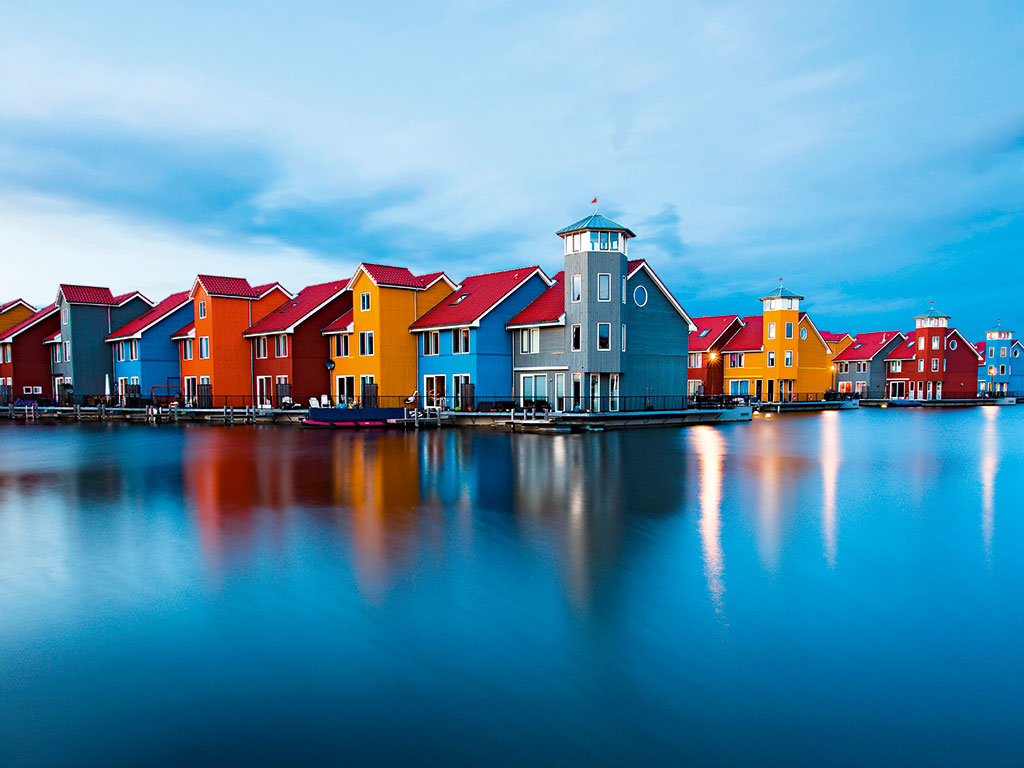 The Dutch city was named one of the European Commission’s top three finalists this year for the accolade of European Capital of Innovation 2014. The judges attributed the city’s nomination to its “use of new concepts, tools and processes to develop a user-centred smart energy ecosystem”. Groningen is a focal point for sustainable energy development in Europe. Groups such as the Energy and Sustainability Research Institute Groningen aim to accelerate the region’s sustainability credentials and create global energy solutions.
The Dutch city was named one of the European Commission’s top three finalists this year for the accolade of European Capital of Innovation 2014. The judges attributed the city’s nomination to its “use of new concepts, tools and processes to develop a user-centred smart energy ecosystem”. Groningen is a focal point for sustainable energy development in Europe. Groups such as the Energy and Sustainability Research Institute Groningen aim to accelerate the region’s sustainability credentials and create global energy solutions.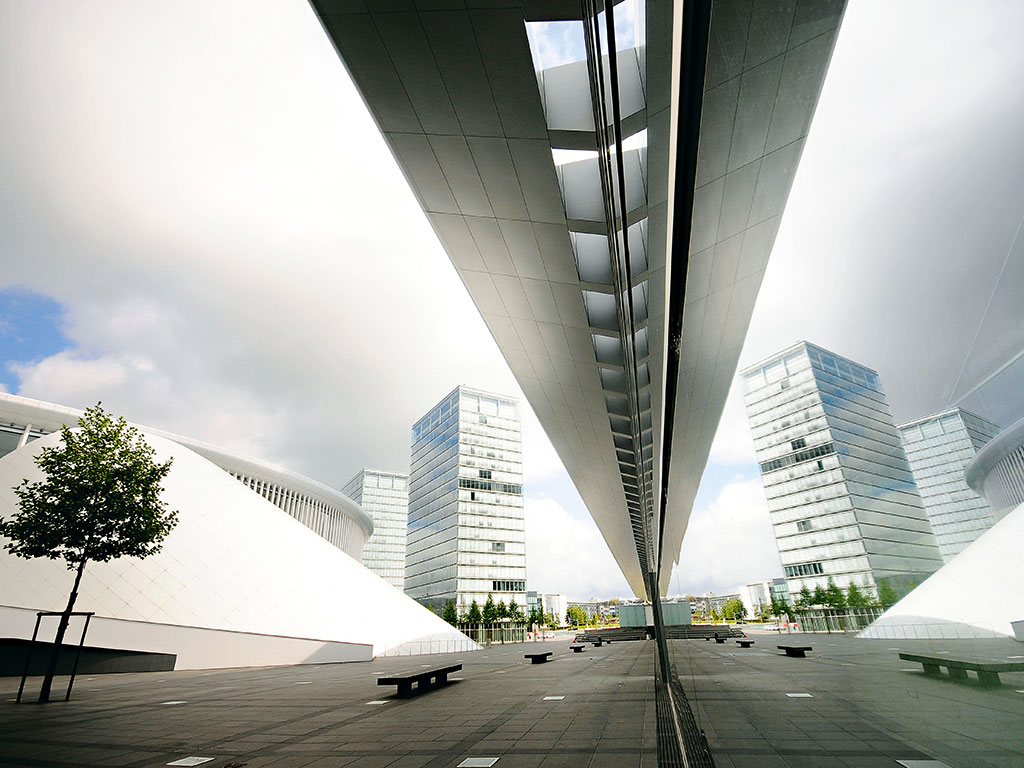 This city has been at the heart of its country’s transformation from industrial to diversified economy for some time now. It boasts a hospitable environment for financial services in particular – services that have formed the basis of Luxembourg’s shift from simple to complex economic landscape. Over half the city’s 100,000-plus inhabitants are foreigners, made up predominantly of individuals from neighbouring Belgium, France and Germany. Luxembourg is a showcase for the successes to be gained from diversity.
This city has been at the heart of its country’s transformation from industrial to diversified economy for some time now. It boasts a hospitable environment for financial services in particular – services that have formed the basis of Luxembourg’s shift from simple to complex economic landscape. Over half the city’s 100,000-plus inhabitants are foreigners, made up predominantly of individuals from neighbouring Belgium, France and Germany. Luxembourg is a showcase for the successes to be gained from diversity.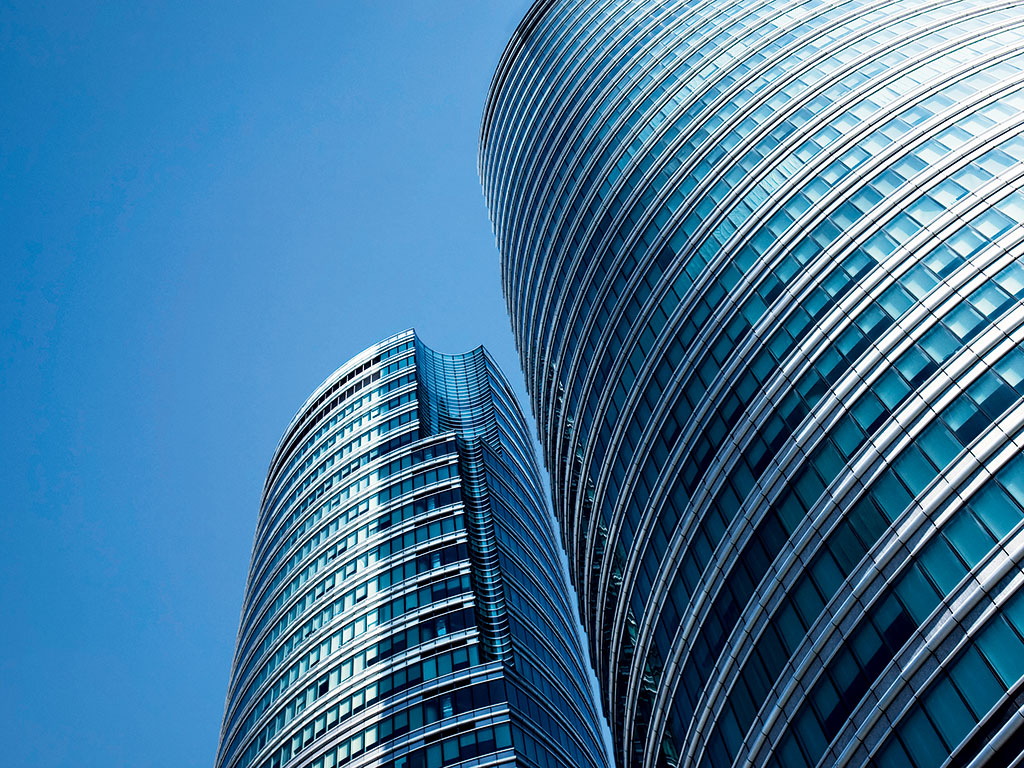 Manila, the Philippines’ second-largest city, has welcomed an influx of people in recent years, leading many to question whether or not the growing pains will stretch the city to breaking point. While Manila is lagging behind some of its Asian neighbours in terms of future competitiveness, a number of major infrastructure projects – including a much-needed extension to the Skyway 3 elevated expressway – will hopefully ease the city’s notorious gridlock problems, create new jobs and boost Manila’s overall productivity.
Manila, the Philippines’ second-largest city, has welcomed an influx of people in recent years, leading many to question whether or not the growing pains will stretch the city to breaking point. While Manila is lagging behind some of its Asian neighbours in terms of future competitiveness, a number of major infrastructure projects – including a much-needed extension to the Skyway 3 elevated expressway – will hopefully ease the city’s notorious gridlock problems, create new jobs and boost Manila’s overall productivity.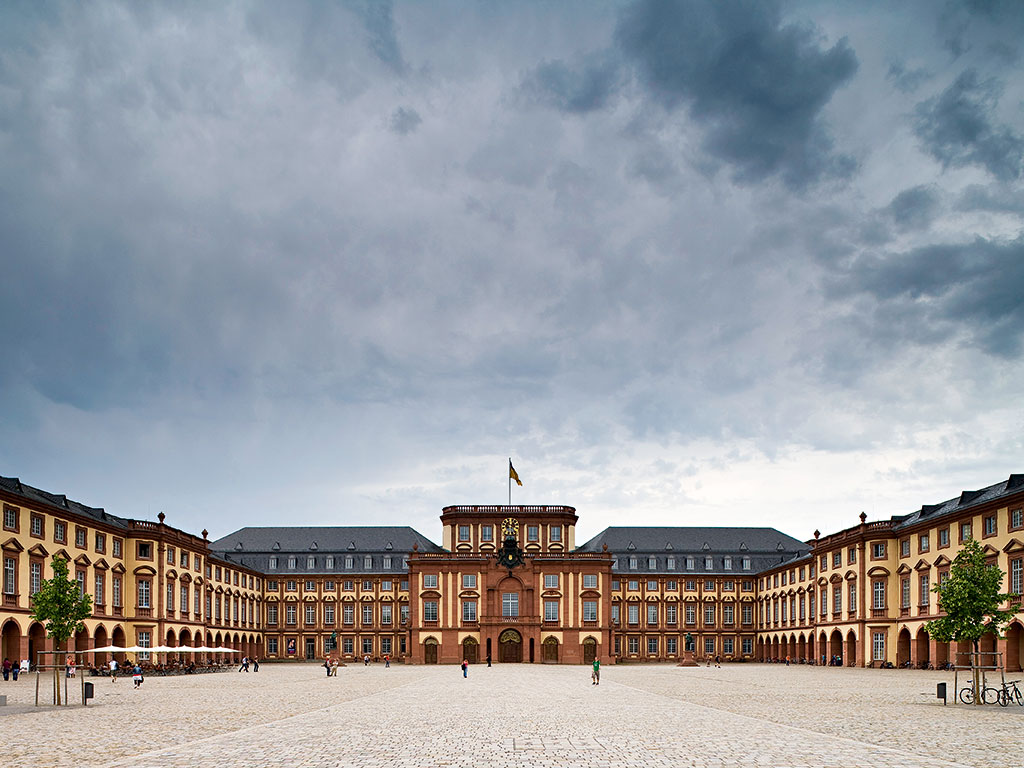 Mannheim ranks among the most attractive business locations in Germany due to its competitive business environment and abundance of growth opportunities. It is the economic and cultural centre of the Rhine-Neckar Metropolitan Region – one of Germany’s most important business locations. The city of Mannheim is perhaps best known for its university, which is by quite some margin the best business school in Germany and is believed by many to be among the best of its kind in the world.
Mannheim ranks among the most attractive business locations in Germany due to its competitive business environment and abundance of growth opportunities. It is the economic and cultural centre of the Rhine-Neckar Metropolitan Region – one of Germany’s most important business locations. The city of Mannheim is perhaps best known for its university, which is by quite some margin the best business school in Germany and is believed by many to be among the best of its kind in the world.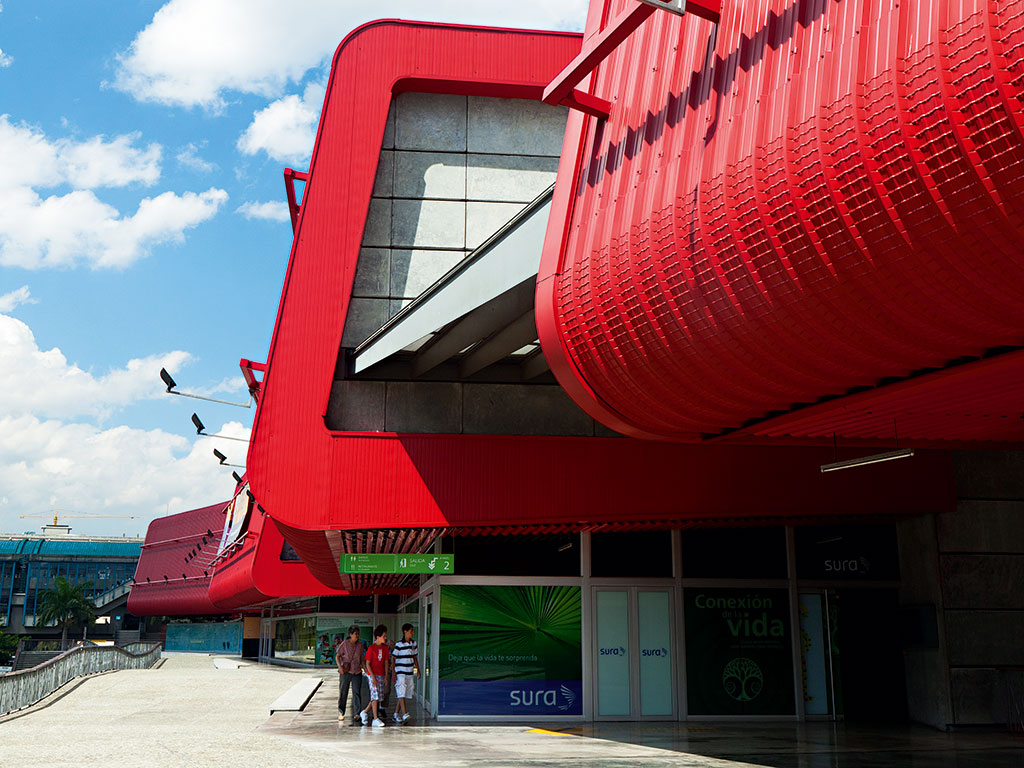 The former homeland of the infamous Medellin drugs cartel has come on in leaps and bounds since its leader Pablo Escobar was killed a little over two decades ago. In fact, Colombia’s second-largest city has undergone one of the most extraordinary urban transformations in recent memory, culminating in it being named the world’s most innovative city by the Urban Land Institute last year. In recent years, the city has come to house various new cultural attractions and played host to all manner of infrastructural improvements.
The former homeland of the infamous Medellin drugs cartel has come on in leaps and bounds since its leader Pablo Escobar was killed a little over two decades ago. In fact, Colombia’s second-largest city has undergone one of the most extraordinary urban transformations in recent memory, culminating in it being named the world’s most innovative city by the Urban Land Institute last year. In recent years, the city has come to house various new cultural attractions and played host to all manner of infrastructural improvements.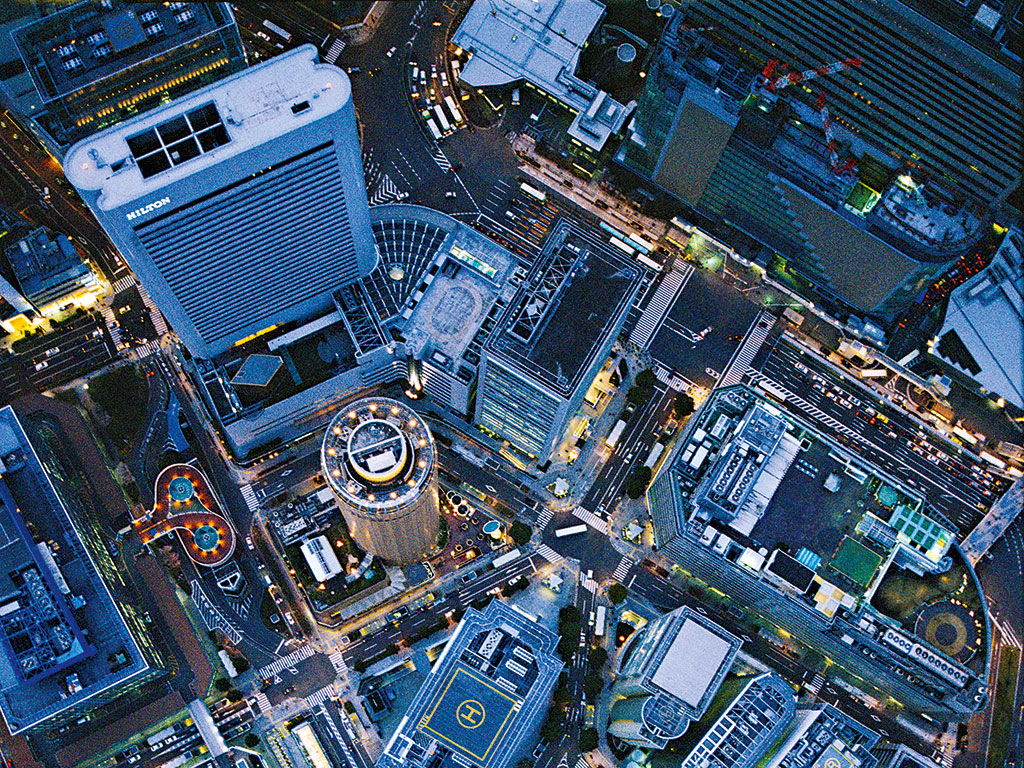 Japan’s third most populous city (after Tokyo and Yokohama) is regarded the world over as the international gateway into Japanese industry, and a world leader in spearheading environmentally sustainable solutions. The city outlined its commitment to environmental sustainability in 2011 with the ‘Osaka Environment Vision’. It has since designated a special economic zone to the development of environmental and energy industries, and pioneered all manner of environmental initiatives.
Japan’s third most populous city (after Tokyo and Yokohama) is regarded the world over as the international gateway into Japanese industry, and a world leader in spearheading environmentally sustainable solutions. The city outlined its commitment to environmental sustainability in 2011 with the ‘Osaka Environment Vision’. It has since designated a special economic zone to the development of environmental and energy industries, and pioneered all manner of environmental initiatives.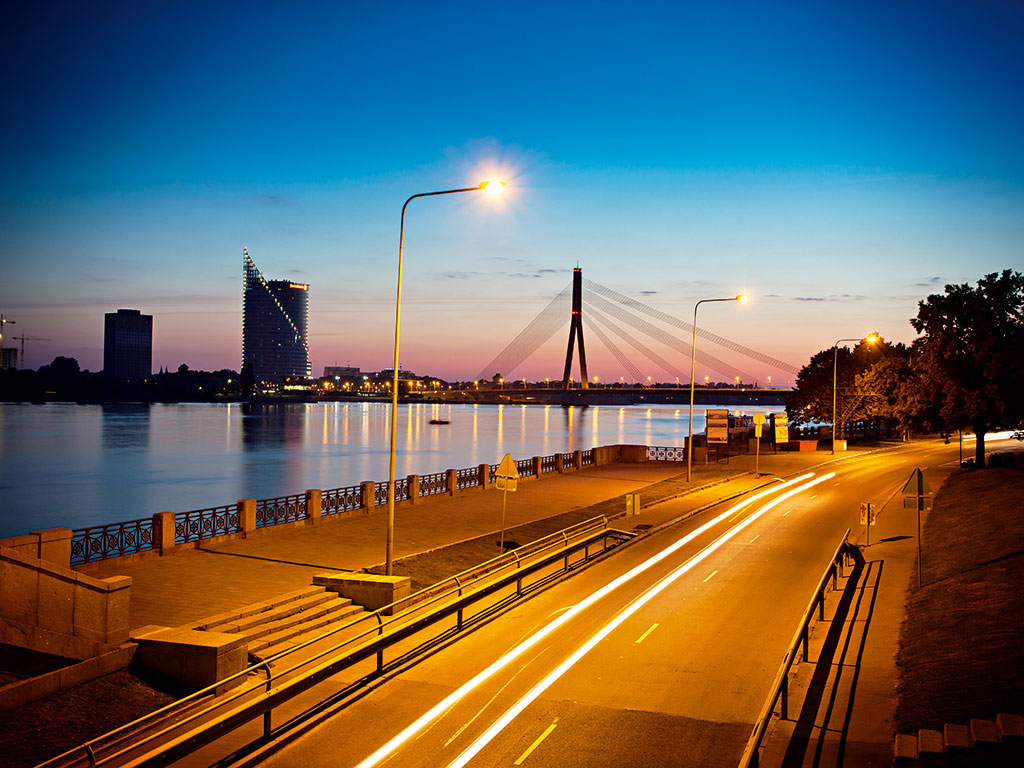 Latvia’s capital has been named one of 2014’s European Capitals of Culture. The programme, which has been running for almost 30 years, has awarded Riga a €1.5m grant to put on its own cultural events (including the London Symphony Orchestra’s first visit to Latvia and various other musical events). The recognition will no doubt boost the city’s development prospects in terms of job creation, regeneration and tourism – as it has done for the city’s predecessors, where tourist numbers have increased by an average of 12 percent.
Latvia’s capital has been named one of 2014’s European Capitals of Culture. The programme, which has been running for almost 30 years, has awarded Riga a €1.5m grant to put on its own cultural events (including the London Symphony Orchestra’s first visit to Latvia and various other musical events). The recognition will no doubt boost the city’s development prospects in terms of job creation, regeneration and tourism – as it has done for the city’s predecessors, where tourist numbers have increased by an average of 12 percent.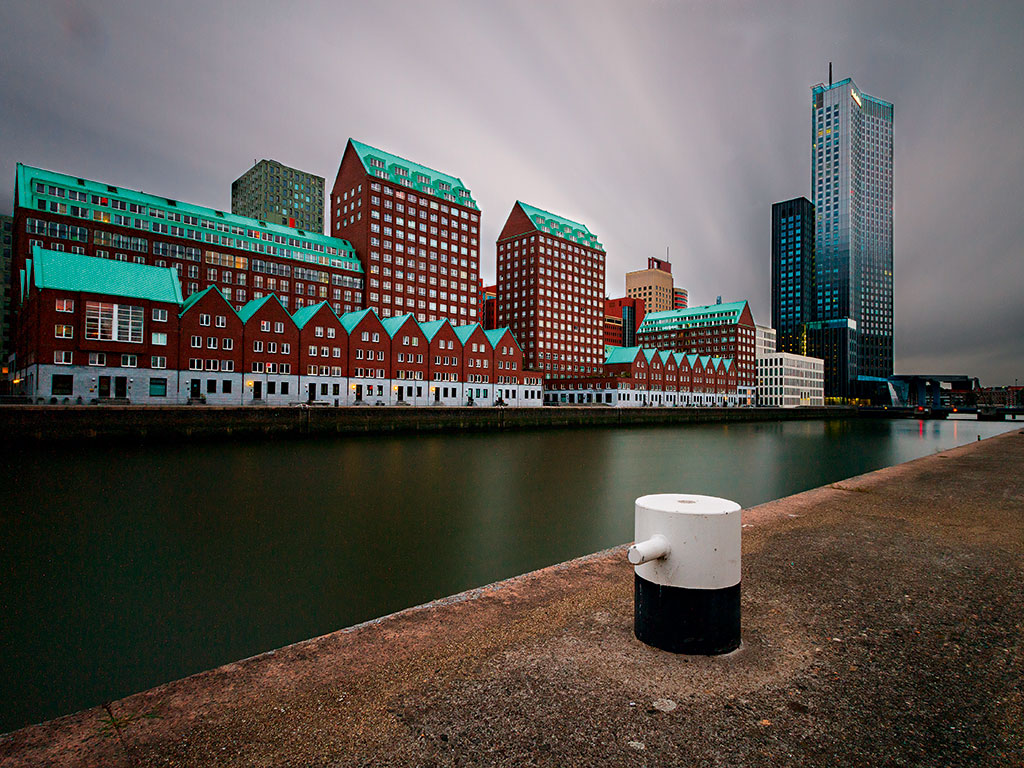 A full 90 percent of this Dutch city sits below sea level – a fact that has inspired all manner of sustainable advances. Rotterdam’s many schemes and initiatives are geared towards making it a flood-proof city in order to avert the potentially calamitous ramifications of climate change. Among the most impressive developments thus far have been green rooftops, water plazas and an updated transport network. Together, such projects and schemes have helped cement Rotterdam’s reputation as the world’s most sustainable port city.
A full 90 percent of this Dutch city sits below sea level – a fact that has inspired all manner of sustainable advances. Rotterdam’s many schemes and initiatives are geared towards making it a flood-proof city in order to avert the potentially calamitous ramifications of climate change. Among the most impressive developments thus far have been green rooftops, water plazas and an updated transport network. Together, such projects and schemes have helped cement Rotterdam’s reputation as the world’s most sustainable port city.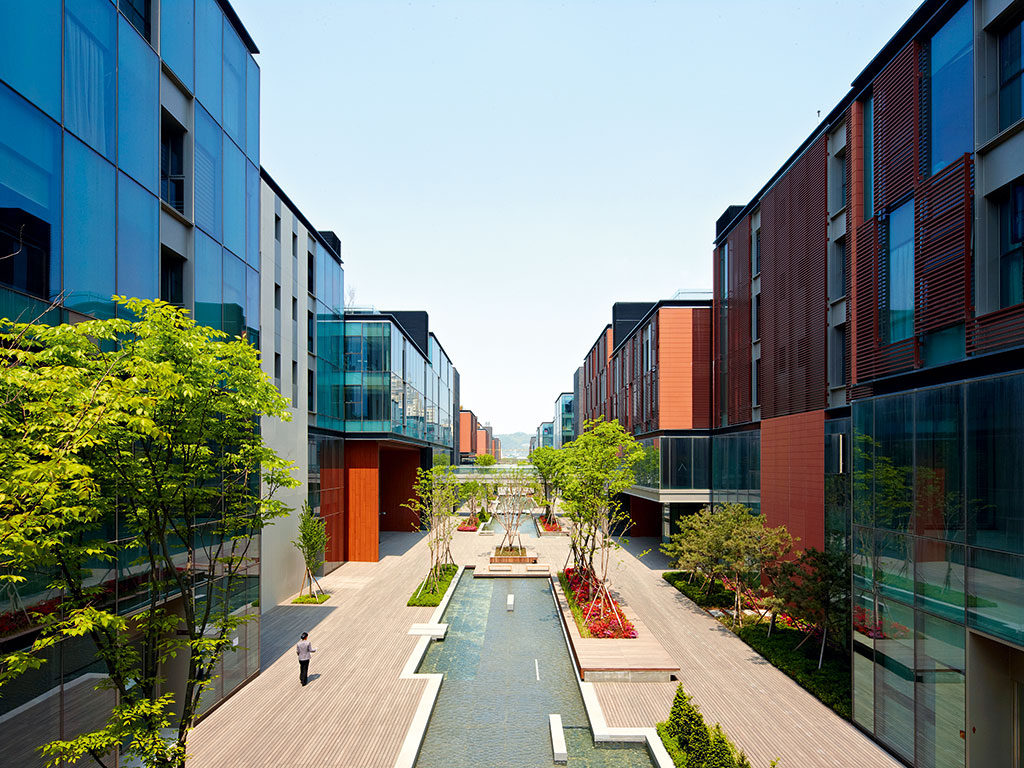 The high-tech paradise of Songdo is the South Korean government’s multi-billion dollar attempt to attract foreign investment on an unprecedented scale. It is a purpose-built ‘smart city’, which offers some of the most forward-thinking fixes for infrastructure and energy issues in the world: rubbish is collected through underground tubes, appliances are controlled by phone and emissions are offset by a forest-sized park. It is a haven for sustainable solutions, and the entire landmass adheres to the strictest environmental standards in existence.
The high-tech paradise of Songdo is the South Korean government’s multi-billion dollar attempt to attract foreign investment on an unprecedented scale. It is a purpose-built ‘smart city’, which offers some of the most forward-thinking fixes for infrastructure and energy issues in the world: rubbish is collected through underground tubes, appliances are controlled by phone and emissions are offset by a forest-sized park. It is a haven for sustainable solutions, and the entire landmass adheres to the strictest environmental standards in existence.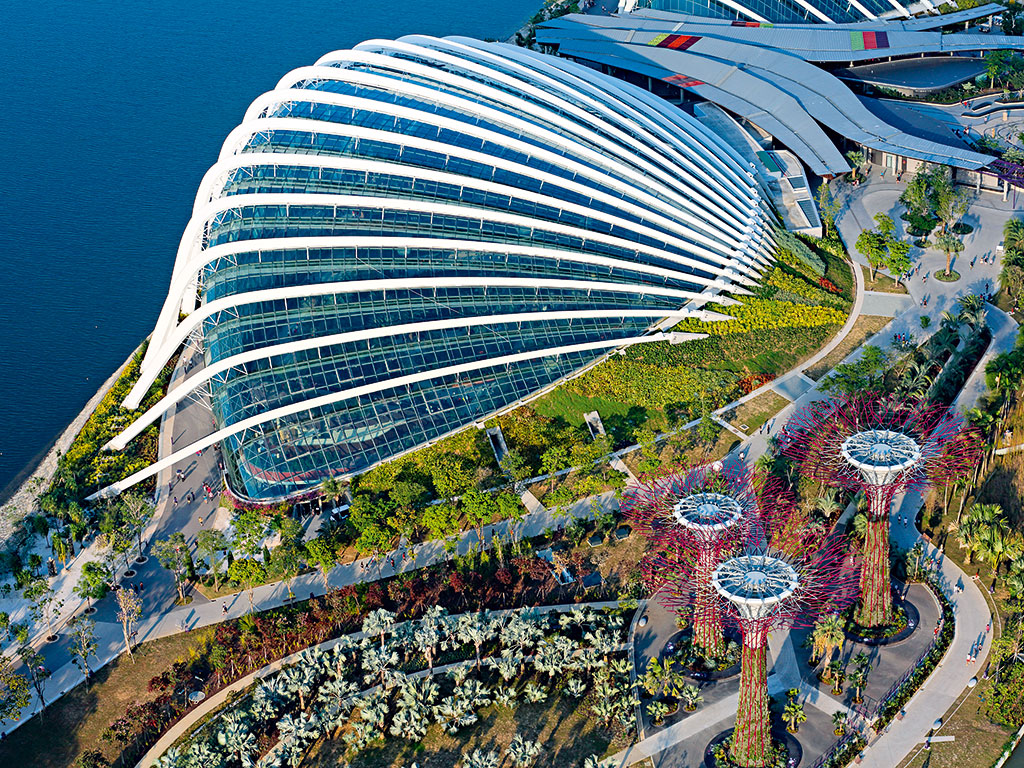 The city’s plethora of human talent and its hospitable regulatory framework have cemented Singapore’s status as one of the most innovative cities in existence. The city’s diverse and highly skilled workforce, cultivated through exemplary educational institutes, has fostered a culture of innovation that spans a great many sectors and disciplines. Moreover, Singapore’s competitiveness, when coupled with the impressive corporations that work there, amounts to an incredibly productive ecosystem.
The city’s plethora of human talent and its hospitable regulatory framework have cemented Singapore’s status as one of the most innovative cities in existence. The city’s diverse and highly skilled workforce, cultivated through exemplary educational institutes, has fostered a culture of innovation that spans a great many sectors and disciplines. Moreover, Singapore’s competitiveness, when coupled with the impressive corporations that work there, amounts to an incredibly productive ecosystem.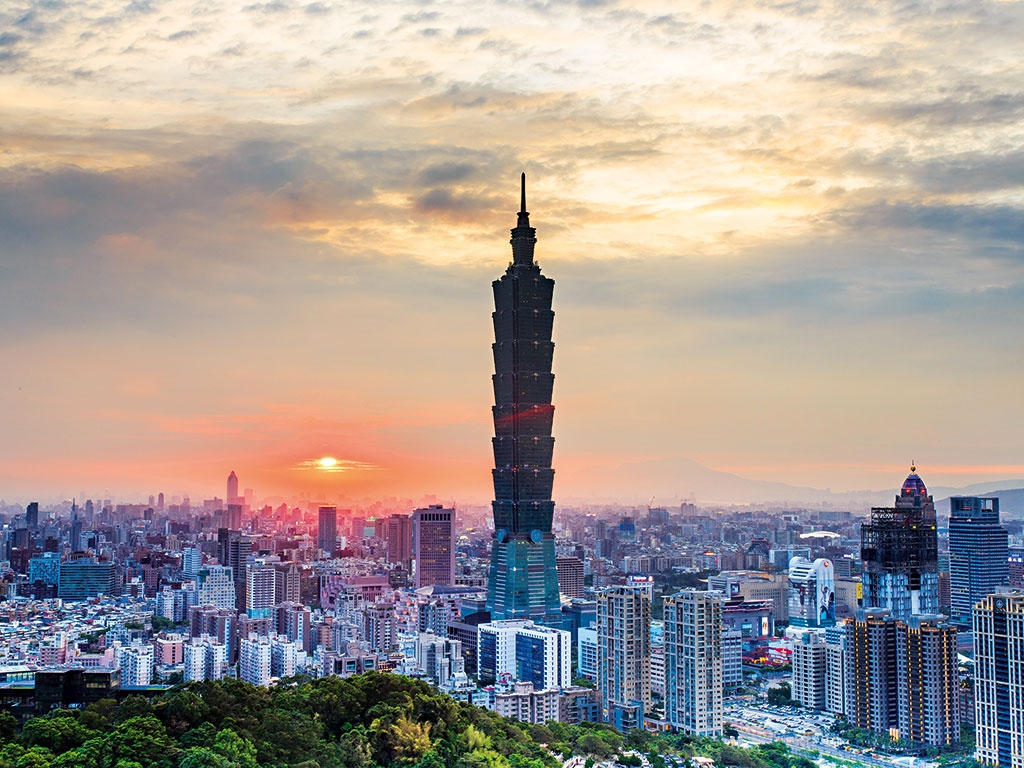 Taipei already ranks among the 21st century’s most responsive cities, considering the progress it has made in recent years to accommodate the lofty demands of its citizens. The economic, cultural and political centre of Taiwan has pioneered a complex transit system, a successful river management strategy and specialised medical care – to name but a few of its innovations. The city’s progress is written on its own skyline in the shape of the famous Taipei 101 skyscraper. As the city expands, further developments will no doubt ensue.
Taipei already ranks among the 21st century’s most responsive cities, considering the progress it has made in recent years to accommodate the lofty demands of its citizens. The economic, cultural and political centre of Taiwan has pioneered a complex transit system, a successful river management strategy and specialised medical care – to name but a few of its innovations. The city’s progress is written on its own skyline in the shape of the famous Taipei 101 skyscraper. As the city expands, further developments will no doubt ensue.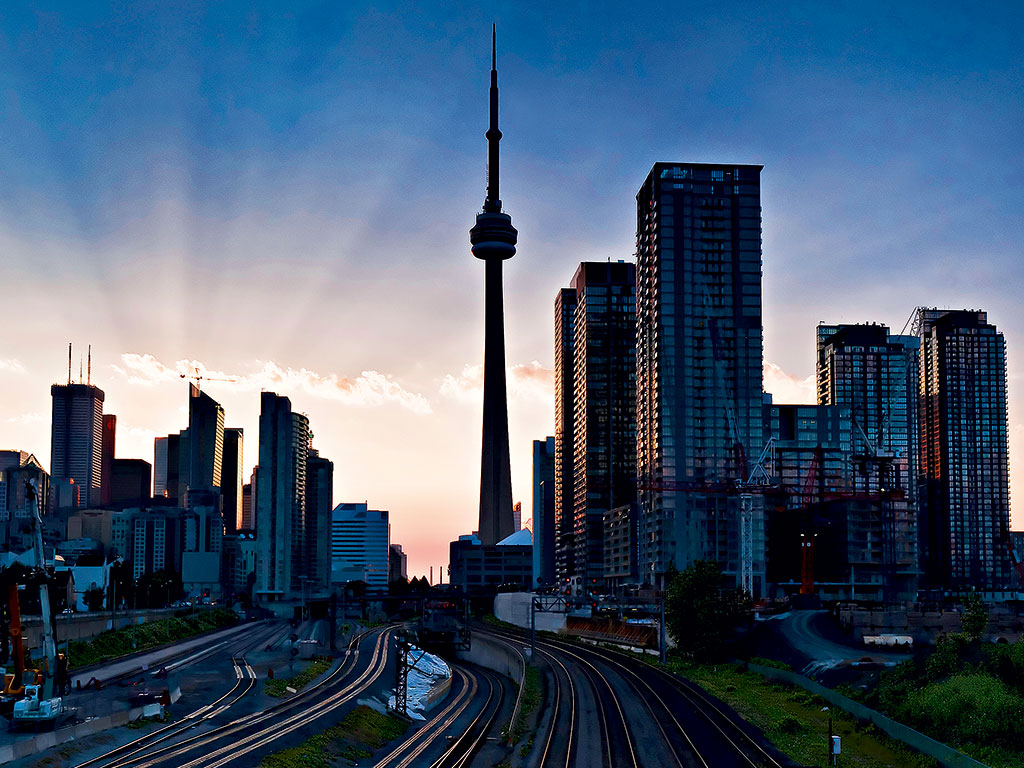 Based on a broad range of criteria, Toronto was named the best city worldwide for young people in the Youthful Cities inaugural report last year. The city’s youth employment and connectivity set it apart from its many global competitors. While various governments have been criticised in recent years for failing to help young people find work, the inclusiveness of Toronto in terms of welcoming workers aged between 15 and 29 stands it in good stead to take on emerging challenges and opportunities in the coming months and years.
Based on a broad range of criteria, Toronto was named the best city worldwide for young people in the Youthful Cities inaugural report last year. The city’s youth employment and connectivity set it apart from its many global competitors. While various governments have been criticised in recent years for failing to help young people find work, the inclusiveness of Toronto in terms of welcoming workers aged between 15 and 29 stands it in good stead to take on emerging challenges and opportunities in the coming months and years.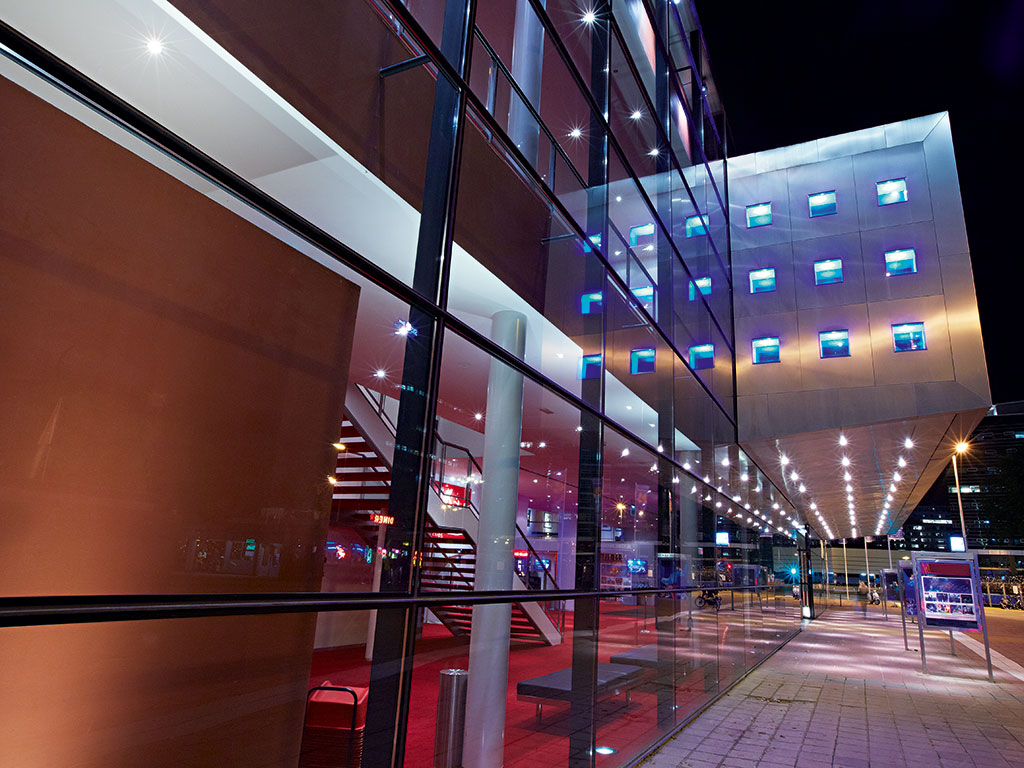 Ranked first of 262 in the EU’s Regional Competitiveness Index 2013, Utrecht is a bastion of innovation, competitiveness and sustainability. Its impressive economic performance is largely due to strong relationships between business, government and knowledge institutions. One of the best-educated and most multilingual places in Europe, it appeals to talent and innovation – as expressed in projects aimed at developing practical applications in climate policy, traffic, services, life sciences and gaming.
Ranked first of 262 in the EU’s Regional Competitiveness Index 2013, Utrecht is a bastion of innovation, competitiveness and sustainability. Its impressive economic performance is largely due to strong relationships between business, government and knowledge institutions. One of the best-educated and most multilingual places in Europe, it appeals to talent and innovation – as expressed in projects aimed at developing practical applications in climate policy, traffic, services, life sciences and gaming.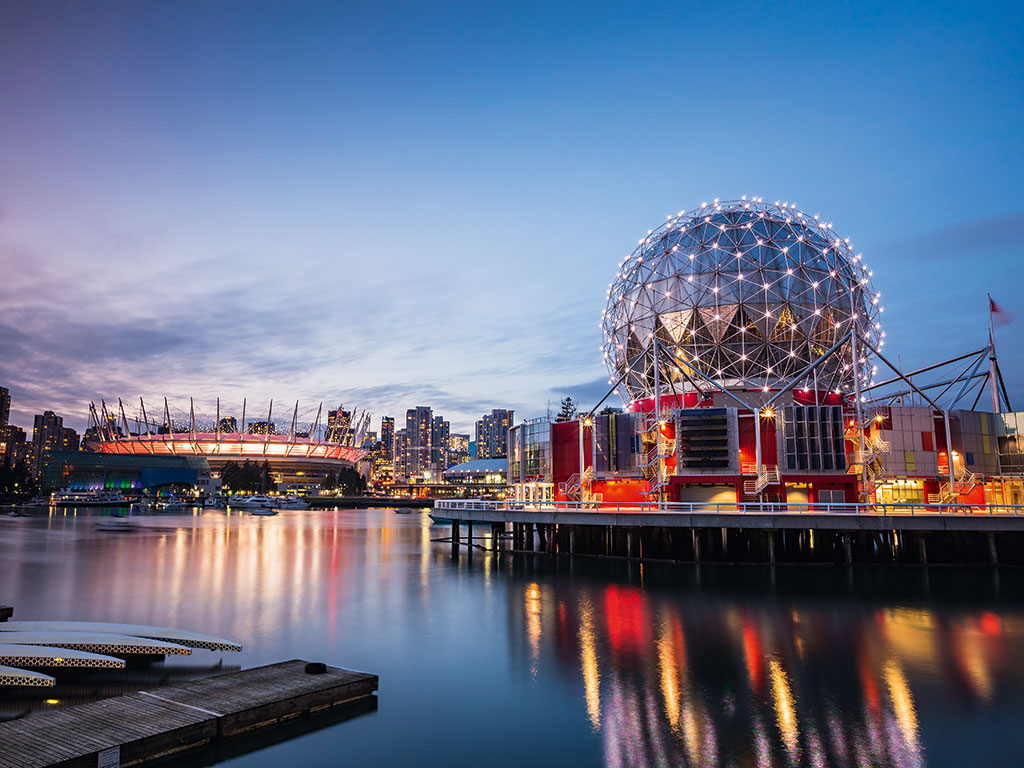 What was once a hub for the oil and gas industry, and a major contributor to carbon emissions, has become a leading proponent of the green revolution. The city’s council has recently drawn up the Greenest City 2020 Action Plan, which aims to turn Vancouver into the greenest city in the world within the decade. They plan to do this by addressing carbon emissions, waste and ecosystem-related issues. On completion, Vancouver will be a prosperous and environmentally sustainable climate for individuals and businesses.
What was once a hub for the oil and gas industry, and a major contributor to carbon emissions, has become a leading proponent of the green revolution. The city’s council has recently drawn up the Greenest City 2020 Action Plan, which aims to turn Vancouver into the greenest city in the world within the decade. They plan to do this by addressing carbon emissions, waste and ecosystem-related issues. On completion, Vancouver will be a prosperous and environmentally sustainable climate for individuals and businesses.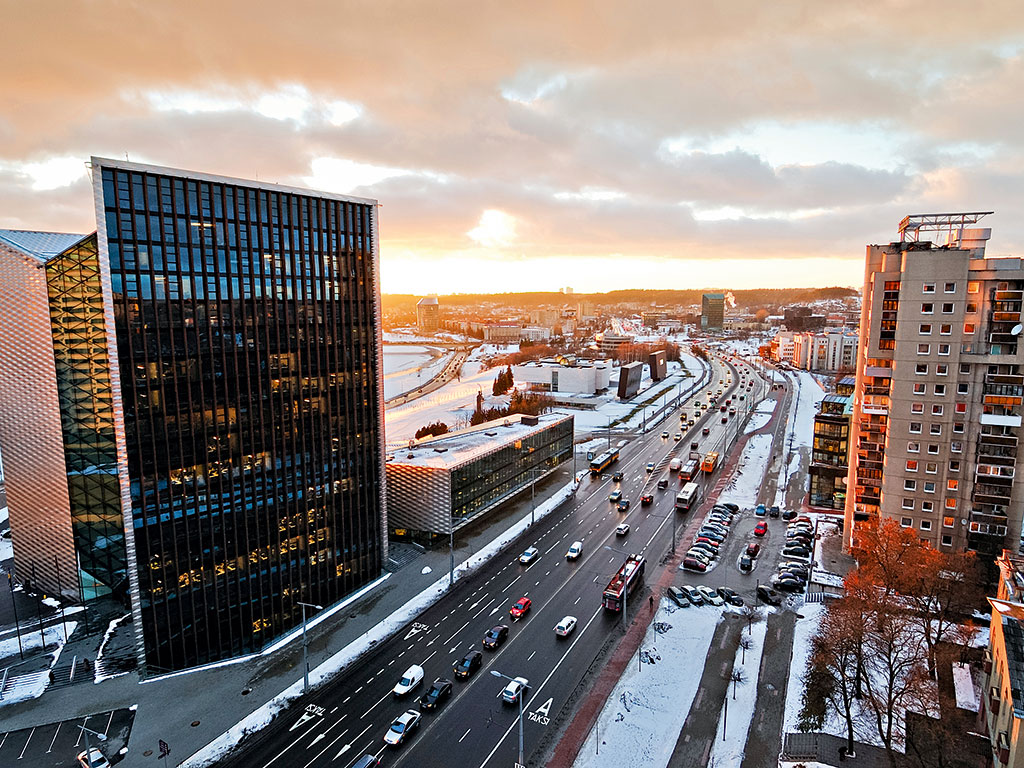 Vilnius is a hub for political, economic, social and environmental change in Lithuania – and Eastern Europe as a whole – and remains one of the fastest-growing cities in the region. The city’s smart and forward-thinking management has been recognised by analysts and the media, and the rise in foreign direct investments – and their effectiveness – has also been reported. Moreover, Vilnius is the city with the world’s fastest internet connection, which has opened up extensive possibilities for technology and innovation-driven growth.
Vilnius is a hub for political, economic, social and environmental change in Lithuania – and Eastern Europe as a whole – and remains one of the fastest-growing cities in the region. The city’s smart and forward-thinking management has been recognised by analysts and the media, and the rise in foreign direct investments – and their effectiveness – has also been reported. Moreover, Vilnius is the city with the world’s fastest internet connection, which has opened up extensive possibilities for technology and innovation-driven growth.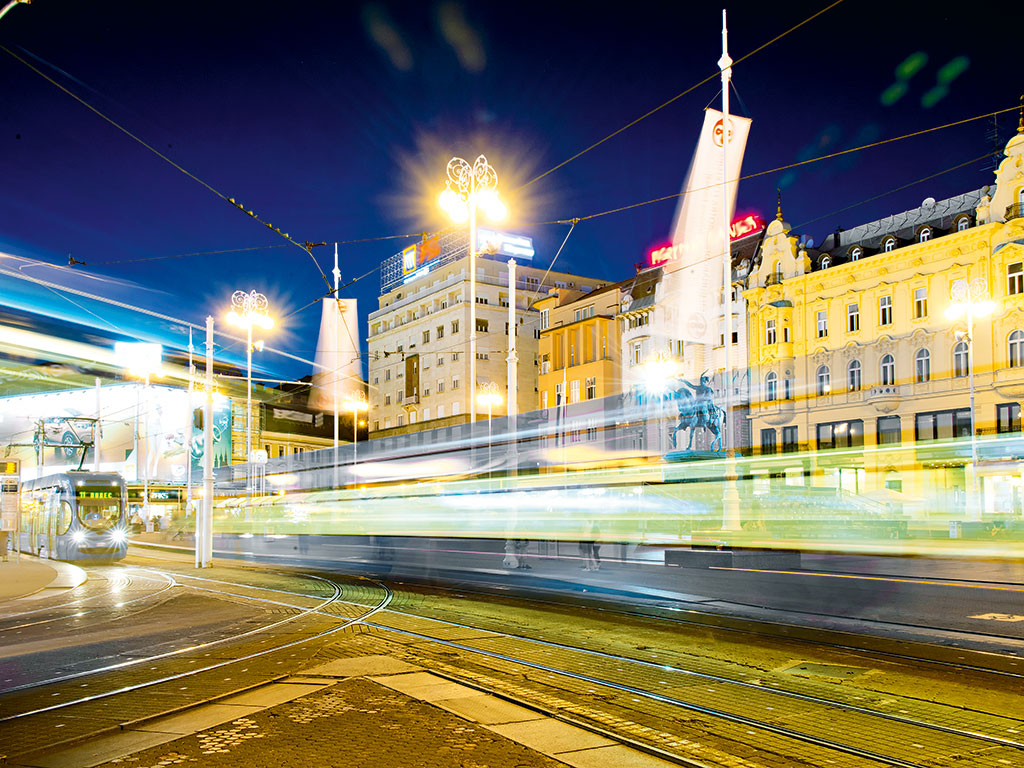 Croatia’s accession to the EU last year brought with it a willingness to instigate economic and social change. Although Zagreb escaped its socialist ties two decades ago, it has taken up until now to implement an integrated plan that accommodates free market conditions. The mechanisms for instigating change on this scale have not existed until relatively recently, and investments are now being made in the environment, power management and urban modelling. Zagreb’s prospects are on the rise due to this integrated approach.
Croatia’s accession to the EU last year brought with it a willingness to instigate economic and social change. Although Zagreb escaped its socialist ties two decades ago, it has taken up until now to implement an integrated plan that accommodates free market conditions. The mechanisms for instigating change on this scale have not existed until relatively recently, and investments are now being made in the environment, power management and urban modelling. Zagreb’s prospects are on the rise due to this integrated approach.




